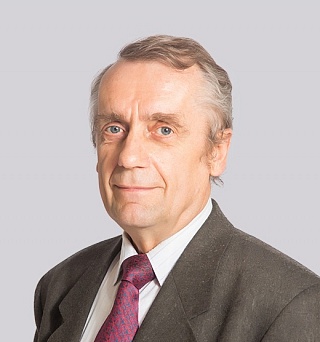IP regime to see major changes in 2014
15 January 2014
Last year was a good one for rights holders: many of the issues they faced were resolved, and intellectual property remains strong. In Russia, the number of patent and trademark applications is on the rise. Although complete statistics are not yet available, the activity of the Patent Office can be assessed based on the figures for the first three quarters of 2013. The growth may not have been impressive, but it was there. Given the global economic situation, this is good news and shows that business is interested in the Russian market. Investments are also growing: according to Russian information agency
Intellectual property is vital to business and must be regulated efficiently. The Russian IP Law dates back to 1992 and has already been amended a number of times, with the next amendments expected in Spring 2014. This will be the first major change to the law since 2008, and the magnitude of the changes is comparable to those made then. The changes are expected to make the IP Law more favourable to rights holders and harsher for infringers.
A remarkable event, whose importance cannot be overestimated, was the opening of the Russian IP Court. It took years of discussions and the result was worth it. Although the Russian courts had gained experience in the examination of IP cases, the creation of a specialised court has set new standards. The consideration of cases by regional commercial courts invariably created divergent practice in certain cases. For example, before judicial practice regarding parallel imports was harmonised, the courts often issued opposing judgments. The involvement of the Supreme Commercial Court was required to unify that practice, and it took years before judicial practice turned in favour of rights holders. The new IP Court has drastically reduced the time taken to find the right way to resolve IP rights conflicts. The IP Court judges aim to investigate the technical core of the issue, facilitated by the fact that technical experts are part of the court and can provide technical advice «on site».
The IP Court will acquire even more importance given that the Russian Duma has decided to merge the Supreme Commercial Court into the Supreme Court (although the lower commercial courts will be retained). Historically, the Supreme Commercial Court was the body which analysed the judicial practice of the commercial courts and issued obligatory recommendations for the lower courts, thus ensuring that judicial practice moved in a single, unified direction. The Supreme Court — the highest instance of the common courts — is much less active in issuing recommendations concerning economic disputes. Given that both supreme courts will be merged into one, it may be expected that the future Supreme Court will issue obligatory commercial recommendations only rarely. Therefore, the IP Court may be expected to assume the role of a supreme justice in IP matters, thus further enhancing its importance.
Another key factor which will affect the Russian IP landscape is the expansion of the Customs Union. At present, the Customs Union comprises Russia, Belarus and Kazakhstan, but a roadmap for Armenia and Kyrghystan to join has also been signed. Armenia is expected to join the Customs Union in the first half of 2014, and Kyrghystan later.
Thus, it is clear that the new year holds much promise for rights holders and business in Russia.










